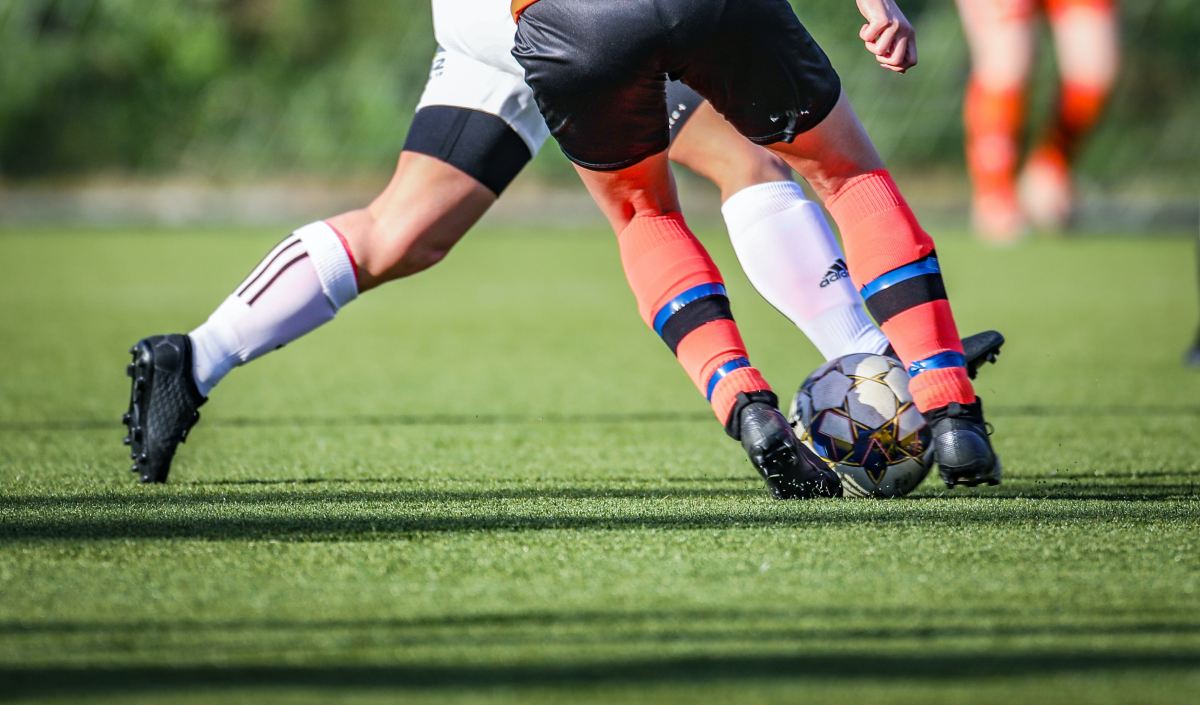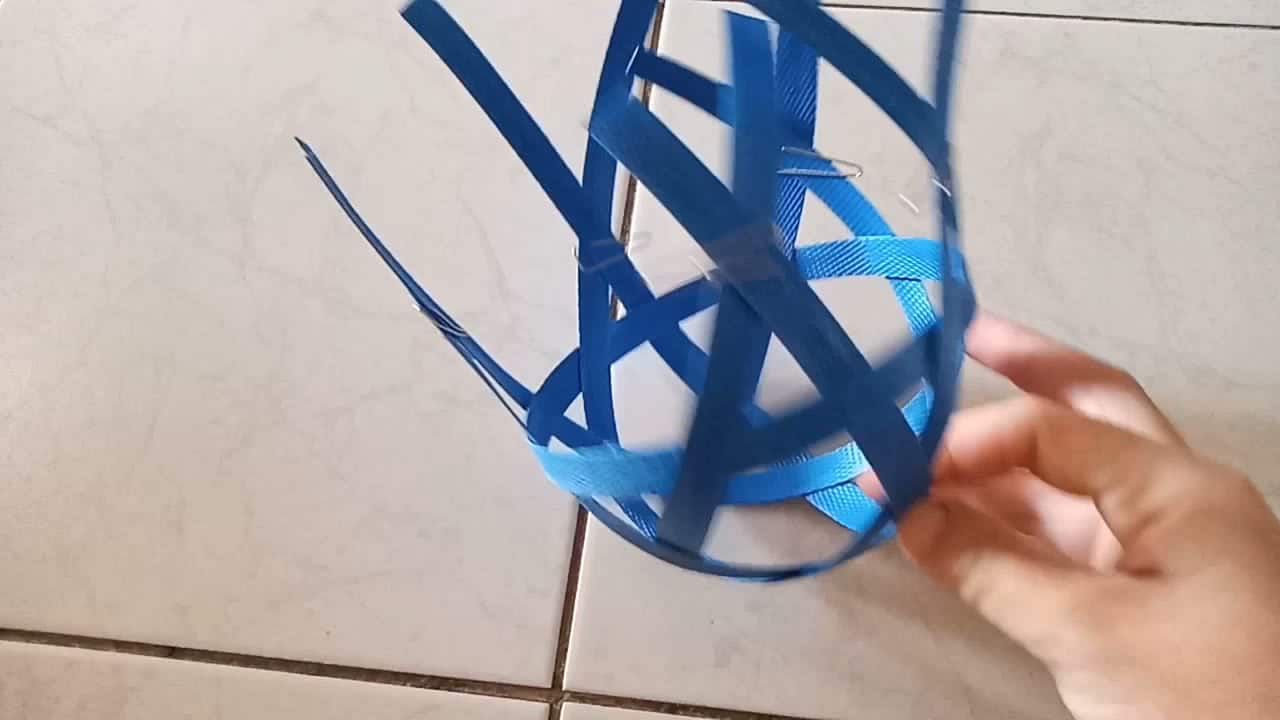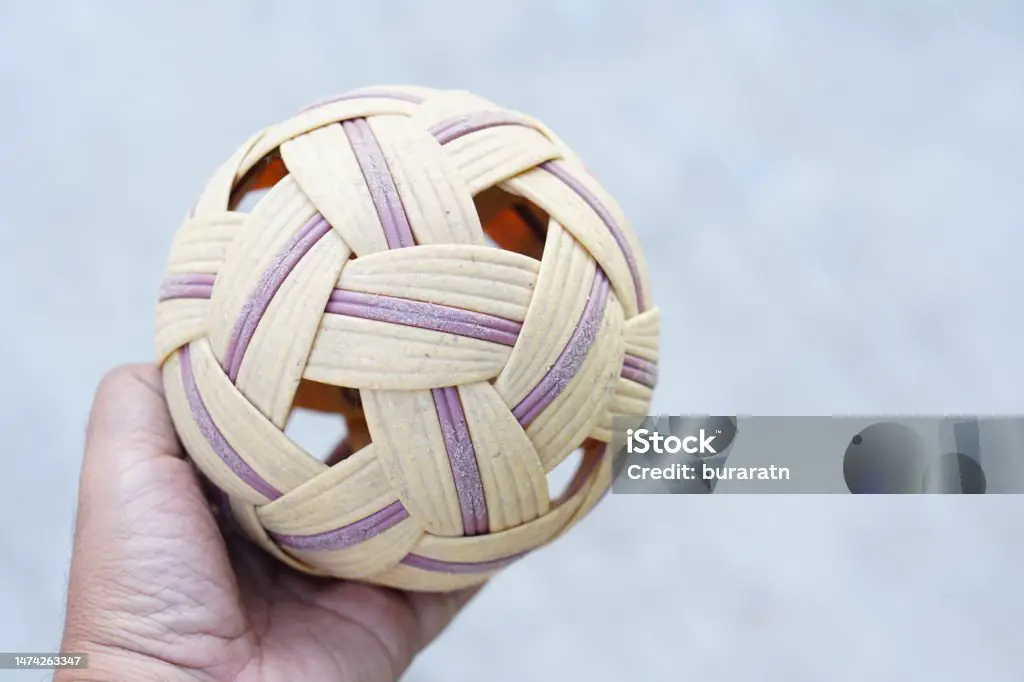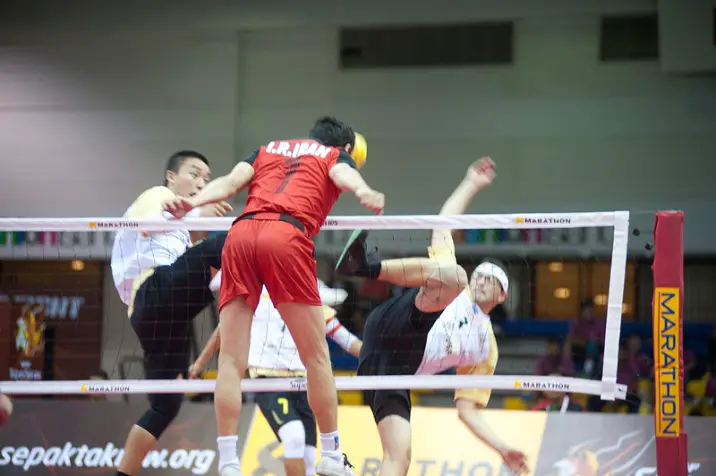How to Make Sepak Takraw Ball: Step-by-Step Guide
( If you purchase through our sponsored links, we may receive a small commission at no extra cost to you )
To make a Sepak Takraw ball, you will need rattan or plastic strips for the outer layer, a rubber or plastic ball for the core, and nylon or plastic cord for weaving the strips around the ball. Start by cutting the rattan or plastic strips into equal lengths, then weave them tightly around the ball using the cord.
Once the ball is completely covered, secure the ends of the strips and trim any excess cord. Your Sepak Takraw ball is now ready for play! Sepak Takraw is a popular sport in Southeast Asia, often described as a mix of volleyball, soccer, and gymnastics.
The game requires exceptional agility, speed, and precision, and the Sepak Takraw ball plays a crucial role in the game. Making your own ball can be a fun and rewarding experience, allowing you to customize it to your preferences and gain a deeper appreciation for the sport. Whether you’re a player, coach, or enthusiast, understanding the process of making a Sepak Takraw ball can enhance your connection to this exciting sport.
Materials Needed
To make a Sepak Takraw ball, you will need the following:
| Rattan | Plastic strips | Scissors |
| Rattan is a vital component in creating the frame of the ball. It is a durable and flexible material derived from palm trees. | Plastic strips are essential for weaving the outer layer of the ball. They add strength and stability to the structure. | You will need scissors to cut the rattan and plastic strips to the desired lengths for assembling the ball. |
These three materials are the foundation of a Sepak Takraw ball and play a significant role in ensuring its durability and performance.

Credit: playsoccerball.wordpress.com
Preparing The Rattan
To make a Sepak Takraw ball, ensure the rattan is properly prepared. Start by soaking the rattan in water for at least 24 hours, which will make it more pliable for weaving. After soaking, the next step is to dry the rattan completely, either through air-drying or using an oven at a low temperature. Once the rattan is dry, cut it into thin strips of the desired length and width, ensuring they are uniform for consistency in the ball’s structure.
Assembling The Sepak Takraw Ball
To make a Sepak Takraw ball, start by weaving the rattan strips into a hollow sphere. Then, carefully add plastic strips to reinforce the structure and provide a solid surface for gameplay. Finally, focus on shaping the ball to achieve the perfect roundness and firmness required for optimal performance. This process requires attention to detail and precision to produce a high-quality Sepak Takraw ball that meets the standards of the game. Paying close attention to each step is crucial in creating a durable and playable ball that will enhance the game experience for players. By following these steps, you can create a Sepak Takraw ball that is both functional and visually appealing, ensuring a satisfying result for players and enthusiasts alike.
Frequently Asked Questions For How To Make Sepak Takraw Ball
How To Make A Sepak Takraw Ball At Home?
To make a Sepak Takraw ball at home, you will need materials like rattan or plastic strips, scissors, nylon cord, and a needle. Start by creating the frame using the strips and secure them together. Then, weave the strips to form the ball’s surface.
Finally, attach the nylon cord for added durability, and you’re ready to play!
Conclusion
Making a Sepak Takraw ball is a simple and rewarding process. By following the steps outlined in this blog post, anyone can create their own ball at home. From gathering the necessary materials to shaping and stringing the ball together, the process is not only fun but also allows you to customize the ball according to your preferences.
So, go ahead and give it a try! Enjoy playing this unique and exhilarating sport with a homemade Sepak Takraw ball.






